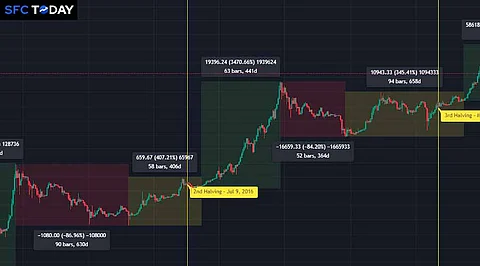

The cryptocurrency market, like its traditional counterparts, has cycles that can be broadly categorized into two main phases, i.e., bull markets, characterized by rising prices, and bear markets, where prices decline. Complex interplay of factors like investor sentiment, market adoption, technological advancements, and macroeconomic indicators influence these cycles. This article provides a detailed analysis of these cycles, exploring their dynamics, driving forces, and the strategies investors might adopt to navigate through them.
Market cycles are natural economic cycles comprising periods of expansion followed by contractions. In the cryptocurrency context, these are often more volatile than those seen in traditional financial markets. Understanding these cycles is crucial for both seasoned investors and newcomers to make informed decisions.
Understanding cryptocurrency market cycles is fundamental for navigating the often-turbulent waters of crypto investing. By recognizing the signs of bull and bear markets, investors can better prepare and implement strategies that align with their risk tolerance and investment goals. Whether through long-term investment, active trading, or a diversified portfolio, there are multiple ways to approach these cycles. As the cryptocurrency market continues to mature, it may exhibit patterns similar to traditional markets, but its inherent volatility and innovation-driven nature will likely continue to offer unique challenges and opportunities.